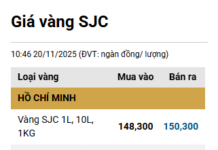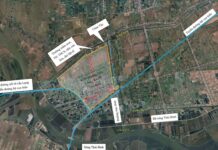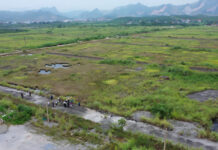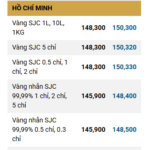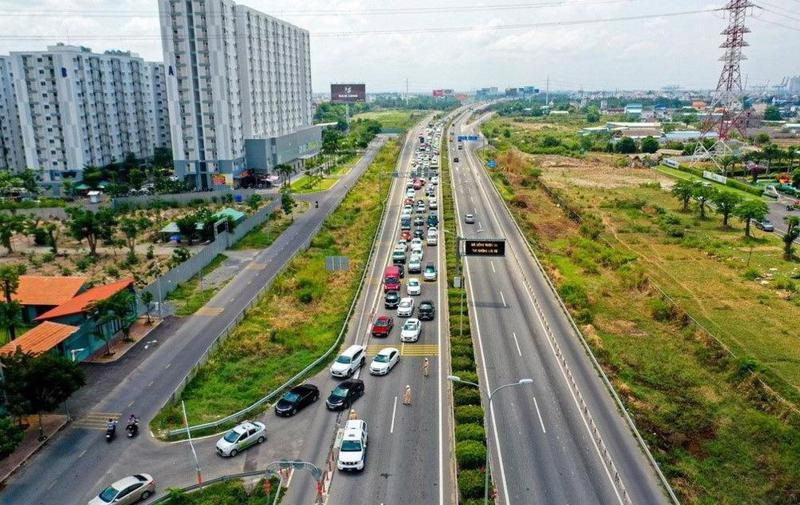
Specifically, Binh Duong proposes that Ho Chi Minh City include in its planning the construction of the belt road 5 connecting Tay Ninh, Binh Duong, Binh Phuoc, and the Central Highlands provinces.
According to experts, the transportation infrastructure connecting Ho Chi Minh City and the provinces in the Southeastern region is very weak and lacking. The Southeastern corridor is the main economic axis of the region, connecting from the Central Highlands through Binh Duong, Dong Nai, to the Cai Mep – Thi Vai port. The area between belt road 3 and belt road 4 is currently the most suitable area for industrial development, national infrastructure, and regional infrastructure.
In Binh Duong, infrastructure is currently being rapidly developed, and industrial urban areas have expanded to belt road 3 and gradually to belt road 4. Therefore, according to the proposal of Binh Duong’s planning consultancy unit, Ho Chi Minh City’s region needs an additional belt road 5 to meet the development requirements in the next phase.
The Government has already decided to invest in the Chon Thanh – Gia Nghia expressway project, the Ho Chi Minh City – Thu Dau Mot – Chon Thanh expressway, and National Highway 13C. If there is no early investment direction for belt road 5 in Ho Chi Minh City, Binh Duong will become a major bottleneck when major transportation routes converge here.
Meanwhile, Deputy Chairman of the People’s Committee of Tay Ninh Province, Duong Van Thang, evaluates that the transportation infrastructure between Ho Chi Minh City and the provinces in the region in general is not seamless. Accordingly, the issue of infrastructure planning, especially the transportation infrastructure between Ho Chi Minh City and the provinces in the region, particularly between Ho Chi Minh City and Tay Ninh, is extremely urgent. Mr. Thang suggests that Ho Chi Minh City develop the infrastructure planning and allocate resources to focus on developing important corridors such as Ho Chi Minh City – Moc Bai expressway, Xuyen A road, and ensuring the synchronization of waterway and railway infrastructure.






